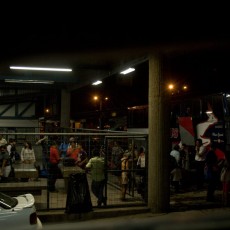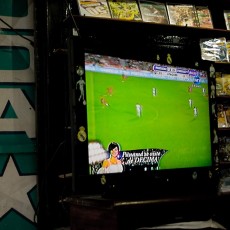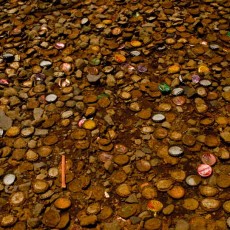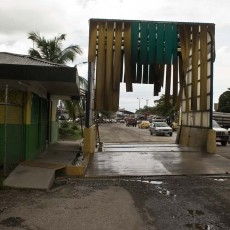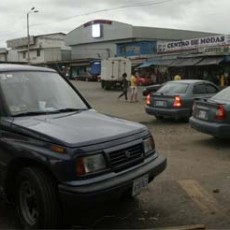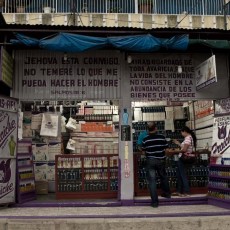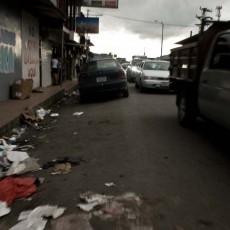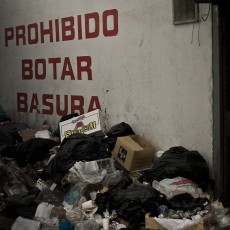 24 hours in no man’s land – according to the paperwork, anyway – in reality it was a duty-free zone major with a 24/7 hustle and bustle. Stuck between two countries was something that had never happened to us before. Luckily we weren’t alone.
24 hours in no man’s land – according to the paperwork, anyway – in reality it was a duty-free zone major with a 24/7 hustle and bustle. Stuck between two countries was something that had never happened to us before. Luckily we weren’t alone.
The story is after leaving Costa Rica a while back we learned that we couldn’t return for three months. But that was OK, we thought, we were in Panama where we could stay for 90 days. And then we actually tried it out: We got past the Panamanian control at Paso Canoas, got our passports checked in with the Costa Ricans and went to sort out our vehicle. This part of border crossing is generally managed by the Spanish-speaking half of earthcircuit. The English-speaking half is there to provide back-up and their first duty is to find a comfortable chair opposite a flatscreen showing some soccer. In this particular case, there was a flatscreen (slightly too close to the flickering fluorescent light but still a good reception) and it was showing England against Italy.
“Tell him to take as long as he wants, ” I called to Dunia, taking the comfortable chair, “the match has just started. If I need to do some photocopies, I’ll go at halftime.”
From the corner of my eye, I could see that things were happening at the desk; the official banging away on a computer, shuffling papers… I got sucked into the match, hypnotized by the pendulous movements of an experimental side playing a friendly. And then, Dunia came over and said, “Well, you can watch the football – we have to wait 24 hours.”
A foreign vehicle has to be out of Costa Rica for 3 months before it is allowed back in. But the foreign vehicle can stay in the neighboring country of Panama for only 90 days. Seeing as there’s nowhere else to go that means you have to live in no-man’s land, on the Paso Canoas border, to make up the difference… You see, there is a difference: Three months is generally 91 or even 92 days. Not 90 days. Unless you got February in there somewhere. Which, of course, we haven’t. So, cue up a 24-48 hour wait at the border – a suspension of time as we moved from the Panamanian Chronosphere to the Cost Rican one.
